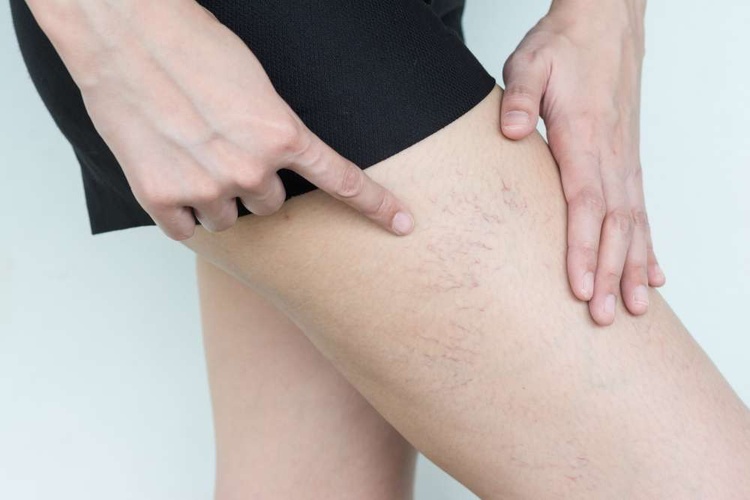Age Spot Treatment: Options for Skin on Face and Hands
Age spots — also called liver spots or solar lentigines — are flat, pigmented patches that appear on sun-exposed areas of the skin, most commonly the face and hands. They result from localized increases in melanin production and are more common with advancing age and cumulative ultraviolet (UV) exposure. This article explains how age spots form, clinical and at-home treatment options, and how dermatology professionals assess and manage them.

This article is for informational purposes only and should not be considered medical advice. Please consult a qualified healthcare professional for personalized guidance and treatment.
What causes age spots on skin?
Age spots form when groups of pigment-producing cells (melanocytes) make extra melanin in response to UV radiation and other environmental factors. Over time, repeated sun exposure leads to small, well-defined brown or tan patches. Genetics and skin type influence susceptibility; fairer skin often shows earlier and more noticeable changes. Certain medications and inflammatory conditions can also alter pigmentation and increase the appearance of spots.
Distinguishing benign age spots from other pigmented lesions is important. Any spot that changes rapidly, has irregular borders, multiple colors, or bleeds should be evaluated by a clinician. A dermatologist can use dermoscopy or biopsy to rule out melanoma or other conditions before recommending treatment options.
Age spots on face: treatment options
Topical agents are commonly used to lighten facial age spots. Ingredients with evidence for reducing pigmentation include hydroquinone, retinoids (tretinoin), azelaic acid, and topical vitamin C. Chemical peels, microdermabrasion, and superficial to medium-depth peels can improve texture and pigment by removing outer skin layers. More targeted office treatments include cryotherapy and a range of laser and light-based therapies that break down pigment.
Each option has trade-offs: topical treatments take weeks to months and require consistent sun protection, whereas procedures such as lasers and peels can deliver faster results but carry risks like temporary redness, swelling, and pigment changes. A dermatologist can recommend approaches based on skin type, the depth of pigmentation, and tolerance for downtime.
Treating age spots on hands
Hands often show pronounced age spots because they receive frequent sun exposure and skin there is thinner or more photo-damaged. Treatments similar to facial options are used, but clinicians consider the thinner skin and potential for slower healing. Superficial chemical peels, cryotherapy, intense pulsed light (IPL), and non-ablative lasers are common choices; some procedures may require multiple sessions to achieve improvement.
Because the hands are functional and visible, aftercare is important to reduce complications: regular moisturization, sun avoidance, and sunscreen application help recovery and maintenance. Camouflage cosmetics can also be useful for temporary concealment when patients prefer not to undergo procedures or while waiting for treatments to take effect.
Dermatology approaches to age spots
Dermatologists evaluate age spots with a full skin exam, assessing distribution, color, size, and changes over time. If a lesion appears atypical, they may perform a biopsy to exclude malignancy. For benign age spots, dermatologists often use combination strategies — for example, a topical regimen to stabilize pigmentation followed by laser or light therapy to remove residual pigment and improve skin texture.
Ongoing follow-up allows clinicians to monitor for recurrence and manage pigment irregularities that can reappear with new sun exposure. Dermatologists also tailor protocols for different skin tones to reduce the risk of post-inflammatory hyperpigmentation and may recommend maintenance treatments or intermittent touch-ups.
Prevention and home care for age spots
Preventing new age spots focuses on consistent sun protection. Daily use of broad-spectrum sunscreen (SPF 30 or higher), wearing protective clothing, and limiting peak sun exposure reduce cumulative UV damage. Topical antioxidants (like vitamin C) and retinoids can support skin health and help prevent new pigment formation. Gentle exfoliation and regular moisturizing maintain skin barrier function and improve the appearance of discoloration.
Lifestyle factors such as smoking cessation and a balanced diet that supports overall skin health can also be helpful. For persistent or bothersome spots, seek evaluation from local services or a dermatology clinic in your area to discuss personalized treatment and monitoring plans.
A wrap-up paragraph without calls to action or thank-you notes.
Age spots are a common, usually benign sign of sun-related skin aging that most often affect the face and hands. A range of topical, procedural, and combination approaches can reduce existing pigmentation, while consistent sun protection helps prevent new spots. Dermatology assessment is recommended for any changing or suspicious lesions and to create a tailored plan that balances effectiveness with safety and recovery time.






